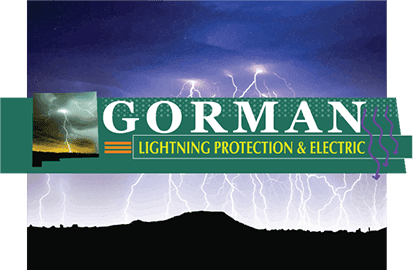Popcorn – Check, Drinks – Check, Twizzlers – Check, Pretzels and Cookies – Check, Gummy Bears – Double Check… Looking around for the remote and lo and behold, the light goes out. You hear a huge lightening strike and after a few minutes, the light comes back on. Happy that you can still enjoy your movie night, you try to turn on the TV but it won’t switch on.
After several attempts, you panic and try to turn on other electronic appliances. Some are still working and some don’t. The reason – your house just went through a lightening surge. The bad news, you need to call an electrician immediately to get the lines fixed. The good news, nothing is permanently damaged.
When Lightening Strikes
Let’s assume that the neutral at the substation which feeds your home has a resistance of 1 ohm. As the voltage unbalances to 3 ph, excess current flows into the resistance. Current may vary from 1 A to 50 A, maybe even higher. When the voltage between neutral to earth appears the same, you lose control over it. When lightning strikes, the pathway is open and this forces kilos of amps that pass through the resistance. The damage caused by this excess of voltage charges to the electronic circuit, where most of the wiring is located. Depending on how the connection is done, anything can blow out.
What most people don’t know is that this surge can also travel through pipes to the circuit board. In other cases, it jumps from the gutter and strikes the windows, causing it to crack and giving the surge access. One of the most common pathways the surge takes is the phone lines.
The best thing to do when lightning strikes is to kill the electricity supply to your house from the main circuit board. This way, when the light comes back on, the electronics and appliances will not have any electricity passing through them, preventing them from blowing out.
Three Hazards of Lightning
1. Fire Danger
Lightening usually strikes the house structure first before finding a conduit. These places usually involve the attic or the roof, where a fire might start if the pipes and wiring run through it.
2. Power Surge Damage
Whether the objects are electronic or non-electronic, once the surge enters the wires, everything is vulnerable to damage. In some cases, the wires burn out and the appliances become useless.
3. Shock Wave Damage
Shockwave is what creates the thunder. These waves are extremely destructive, as they have the power to fracture brick, concrete and stone. In most houses, the chimney gets damaged first, which blows out the plaster and may even shatter glass. In such cases, it’s better to leave the house to protect yourself from shrapnel.
Power surges can even set the entire houses on fire. In most cases, the power surge reaches inside the house through the foundation, travels through wiring and pipes, and blows out big appliances such as the TV, refrigerator, stereo, etc. This is why most electricians recommend getting isolation transformers installed separately, so that appliances are not interconnected through circuits.


